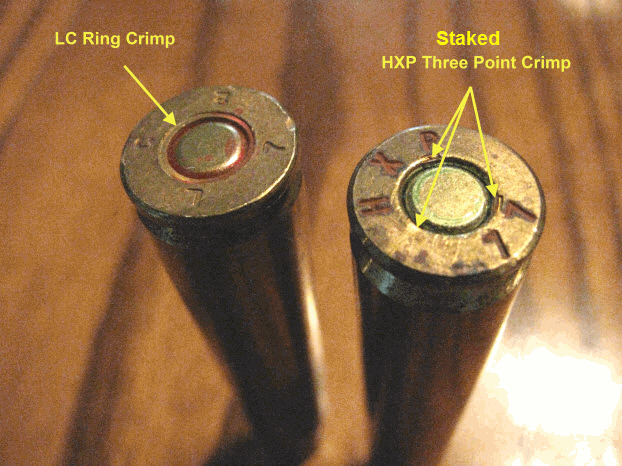Hello everyone. I just got into reloading and fired my first batch over the weekend out of my ar15. Everything worked well. No cycling issues, no failures to eject, or failures to fire, or anything else. I was pretty proud they worked well. After retrieving the cases I noticed they were quite dirty around the primer area before depriming. Not sure if this is an issue, but I thought it was strange. My load was as follows:
60 grain spire point bullets
21.6 grains BLC-2 powder (second lowest recommended charge according to my data book)
Remington 7 1/2 primer
Case length 1.750 (per book)
Overall length 2.200 (per book)
If this is an issue, any suggestions/ideas are welcome.
60 grain spire point bullets
21.6 grains BLC-2 powder (second lowest recommended charge according to my data book)
Remington 7 1/2 primer
Case length 1.750 (per book)
Overall length 2.200 (per book)
If this is an issue, any suggestions/ideas are welcome.

